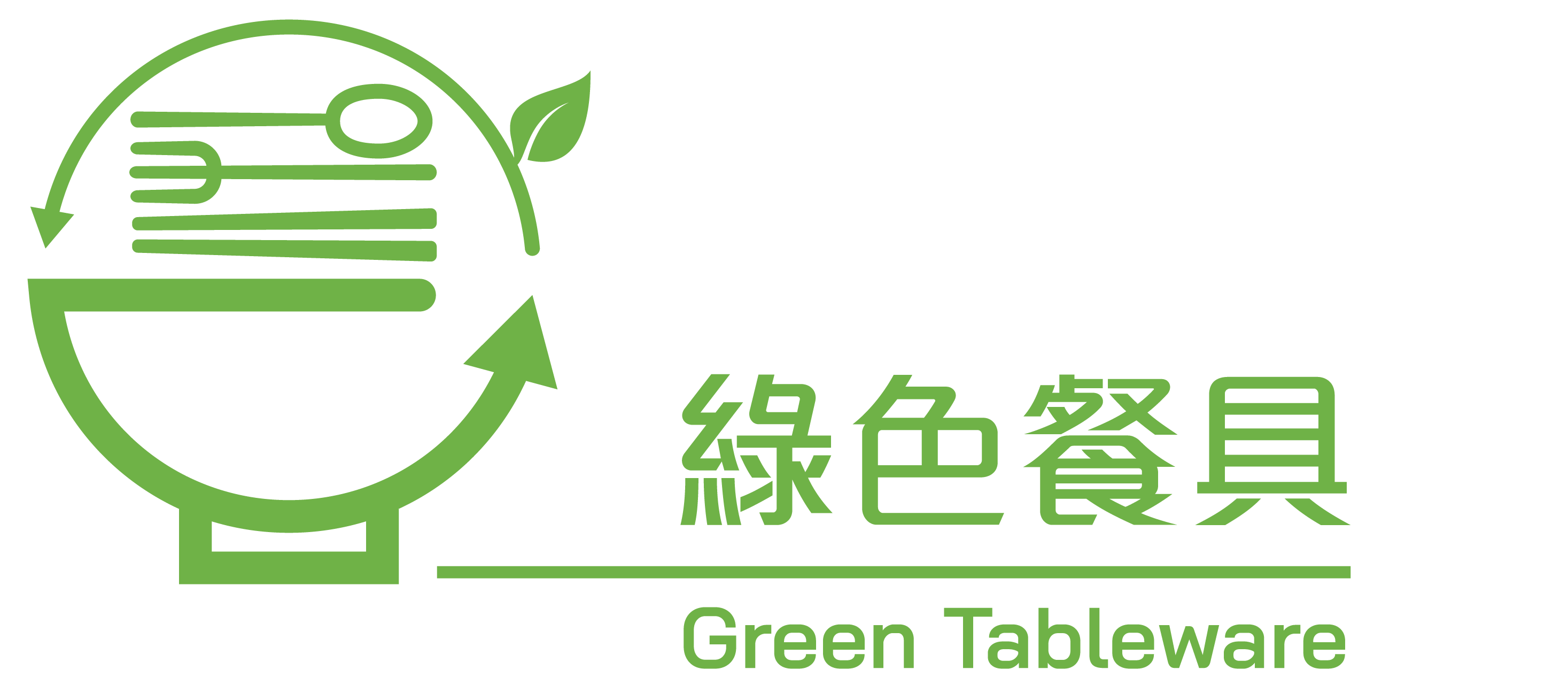Regulation Scheme
Background
The Government announced the “Waste Blueprint for Hong Kong 2035” in February 2021, setting out the vision of "Waste Reduction‧Resources Circulation‧Zero Landfill". The Blueprint outlines the strategies, goals and measures to tackle the challenge of waste management up to 2035 as well as building a circular economy and a sustainable green living environment. The Blueprint sets out six major areas of action with “Waste Reduction” being the top priority. One of the key measures under this area is the Government’s proposed phased regulation of disposable plastic tableware.
In order to reduce the use of disposable plastic tableware at source with a view to minimizing the impacts of plastic pollution on the marine environment and human health, and helping reduce carbon emissions to mitigate climate change, many places have been exploring other alternatives and strengthening the regulation of disposable plastic tableware through legislation or other measures in recent years. Environmental Protection Department (EPD) conducted a two-month public consultation on “Scheme on Regulation of Disposable Plastic Tableware” in July 2021 and received over 8 000 submissions, amongst which over 90% of the comments supported to regulate disposable plastic tableware progressively by legislation.
The Product Eco-responsibility (Amendment) Bill 2023, which gives effect to the relevant regulation, was passed by the Legislative Council on 18 October 2023, and has come into effect on 22 April 2024 (Earth Day).
What is Disposable Plastic Tableware
Disposable plastic tableware generally refers to the tableware that is wholly or partly made of plastic, and designed to be used for once or short period of time.
Plastic refers to a material consisting of a polymer, to which an additive or any other substance may have been added.
Plastic materials to be brought under regulation, include:
- Conventional plastic (e.g. expanded polystyrene [EPS], polyethylene terephthalate [PET], polypropylene [PP], polystyrene [PS])
- Oxo-degradable plastic
- Biodegradable plastic (e.g. polylactic acid [PLA], polyhydroxybutyrate [PHB])
- Plastic lining (e.g. polyethylene [PE] lining, polylactic acid [PLA] lining)
But, exclude:
- Natural polymer (e.g. plant fibre) that has not been chemically modified; or
- Polymer that is used merely as an additive (e.g. adhesive, ink, binder, etc.) and does not function as a major structural component.
Disposable Plastic Tableware to be Brought under Regulation
The proposed phased regulation covers the following nine types of disposable plastic tableware:
- EPS tableware
- Straws
- Stirrers
- Cutlery (forks, knives and spoons)
- Plates
- Cups
- Cup lids
- Food containers (e.g. bowls and boxes)
- Food container covers
Overview of the Phased Regulation

Exclusions
-
Pre-packaged Food or Drink Products
Pre-packaged food or drink products, such as disposable plastic straws attached to beverage cartons, disposable plastic cutlery provided inside cup noodle and ice cream cups etc.
-
Medical Reasons
Provision of disposable plastic straws to customers with medical needs (e.g. patients or persons with disabilities) at retail and catering premises.
Alternatives to Disposable Plastic Tableware
As a matter of principle, we should reduce waste at source by using reusable tableware as far as possible and avoid using disposable tableware. If the use of disposable tableware is unavoidable, more environmentally friendly tableware made of non-plastic materials should be used:
-
Reusable Tableware
In order to reduce the waste production of single-use plastic, we encourage the public to bring their own reusable tableware as far as possible and not to request for disposable tableware. For the food and beverage industry, while they should provide reusable tableware to their dine-in customers as far as possible, they can also consider the provision of reusable tableware lending service to their takeaway customers. The common reusable tableware available in the market are mainly made of stainless steel, glass, melamine etc.
For information of Green Service (e.g. tableware rental/cleaning services), the general public and business are recommended to visit the following webpage:
https://www.wastereduction.gov.hk/en-hk/waste-reduction-programme/greening-your-events/green-service-event#utensil -
Non-plastic Disposable Tableware
In recent years, with rapid development of the market for non-plastic disposable tableware, their prices have continued to drop and are more competitive when compared with traditional disposable plastic tableware. At present, the more common non-plastic disposable tableware alternatives available in the market are mainly made of paper, bamboo, soft wood, plant fibre materials (e.g. wood pulp, straw pulp, bagasse), etc.
